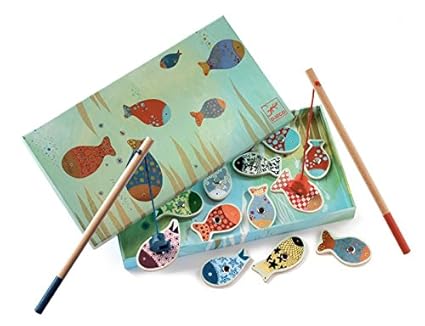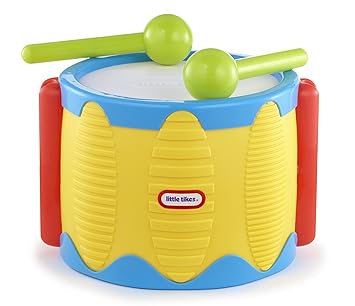When you have a typical child, you get them toys, and you don’t really think about how much learning they do through play. You don’t realise that the blocks are teaching spatial awareness, that those annoying toys with 100 buttons are teaching cause-and-effect, and the shape sorter is teaching object permanence. But when your child can’t play with those toys, you notice.
I thought I’d do a little round-up of some toys that have worked well for C, whose arms and hands are fairly “involved.” At a year and a half, things like passing a toy from one hand to another, bringing her hands to midline, or even releasing something from her grasp are skills she has not yet mastered. All of these are my personal suggestions and there are no affiliate links.
1. Pen and paper:
I might not have thought to try this except that her sisters love drawing. With some assistance to get it in her hand, and a little coaxing, she got the idea of dragging it across paper and making a mark. Â We bought giant crayons at a local art store, but turns out she prefers the regular markers. Â We tape her paper down with painter’s tape to keep them in place. When summer comes and we can be outside, and the girls can hang out in their diapers and wash off in the kids pool, I’ll probably experiment with paints too. The idea of cleaning up that mess in winter is restraining me for the time being.
2. Magformers
Anything magnetic is great for C. These little tiles are fun because she can pull them apart and together and they sort of make things without too much effort. They also encourage her to bring her hands together as they make a satisfying sound when they clack together. The ones we have are called Magformers, but I’m also familiar with Magnatiles which are great toys too.
 Magformers.
Magformers.
3. Fishing toys
There’s a magnet theme here. She can hold on to this rod, and with some assistance, get the satisfaction of “catching” a fish. We have a lovely Djeco brand one, which has a very pretty, and sturdy, box and is nice in its simplicity. But there are zillions of variations on this toy.

4. Drums, xylophones and musical toys
Our occupational therapist brought a drum over once for C, and we immediately ran out and got one as it was one of the very first toys that got her moving her arm. It’s a bit awkward to place in front of her unless you are sitting with her, but smaller xylophones and musical toys can be left on her tray. Anything that makes a noise is hugely satisfying.
She also love little toy pianos with many keys.

5. Balls!
Balls have always been hugely motivating for C. She can rest on them, roll them, and lately even pick them up with two arms – a huge achievement for someone who finds two-handed play to be a challenge. I also have a stuffed square block which she can pick up and which rolls a bit, but not so much that it falls off her tray.
6. Books, books, books
Every child should have books, but especially a child with poor motor skills. She may not be able to access lots of toys, but you can reach the whole world through books. Board books are also sturdy and stay put, and the pages don’t require much coordination to bat open.